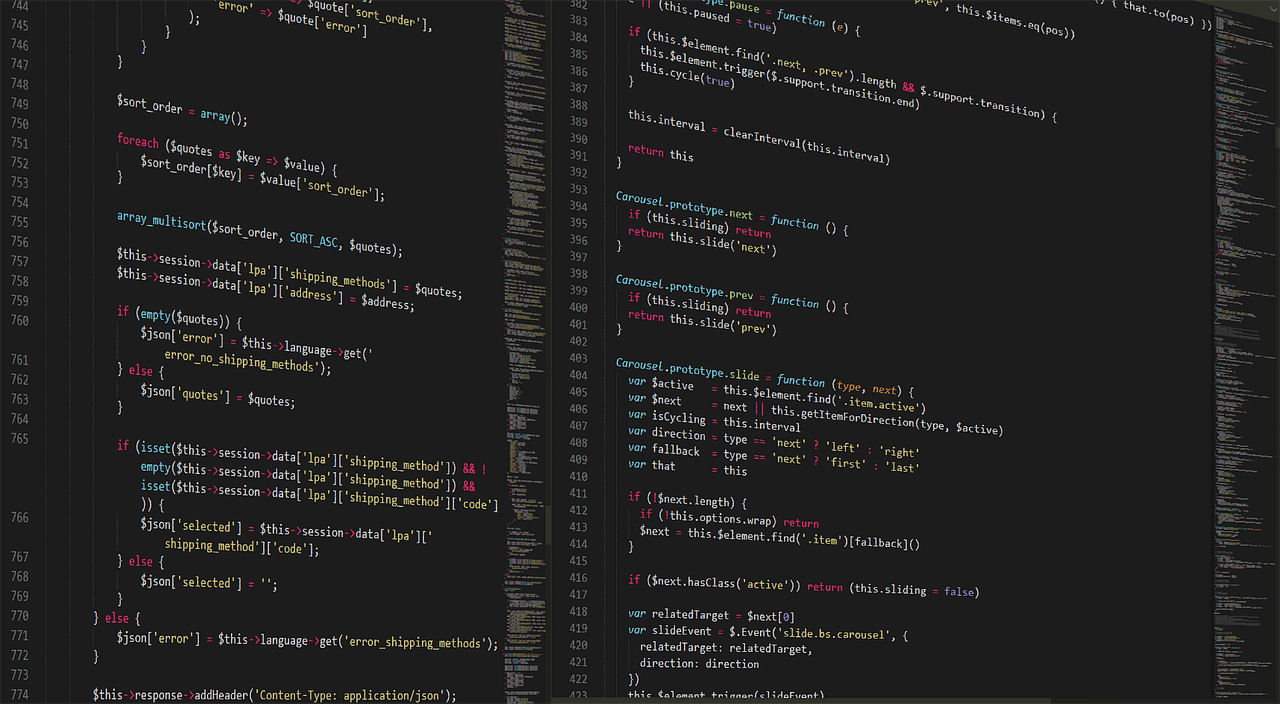Comprehensive Guide to Python Web Development for Beginners
Python web development is a dynamic field that combines the power of one of the most versatile programming languages with accessible frameworks to create powerful web applications. Known for its simplicity and readability, Python has become a go-to for beginners, and in this guide, we’ll explore the essentials to kickstart your journey in Python web development.
What is Python Web Development?
Python web development refers to the process of building web applications and websites utilizing the Python programming language. This process involves writing server-side logic to handle HTTP requests, manage data storage, and render dynamic content.
Why Use Python for Web Development?
Advantages
- Scalability and Performance: Python’s frameworks enhance performance, making it ideal for high-traffic applications.
- Ease of Use: Python’s clean syntax helps beginners grasp concepts quickly and focus on application logic.
- Extensive Ecosystem: An array of libraries and frameworks like Django and Flask simplify development tasks.
Choosing a Web Framework
When starting with Python web development, selecting the right framework is crucial. Here are some popular frameworks:
1. Django
Django is a robust framework suited for larger applications that require rapid development. Key features include:
- Built-in authentication system
- Powerful URL routing
- Admin interface for managing application data
2. Flask
Flask is known for being lightweight and modular, making it perfect for smaller projects or prototypes.
3. Pyramid
Pyramid offers flexibility and supports both small and large applications. Its unique features include:
- Comprehensive documentation
- Routing based on URL dispatch
4. CherryPy
CherryPy is a minimalistic framework that supports fast development and comes with built-in support for sessions and authentication.
Setting Up Your Development Environment
- Install Python: Download the latest Python version from the official website and follow the installation instructions.
- Choose a Framework: Decide which framework suits your project needs; popular options include Django and Flask.
- Set Up a Virtual Environment: Use tools like
venvto create a virtual environment for your project to manage dependencies effectively.
Best Practices for Python Web Development
1. Testing and Mocking
Utilize testing frameworks like Pytest to ensure the reliability of your application.
2. Deployment
Learn about Docker and cloud deployment platforms such as AWS to host your applications.
3. Caching
Implement caching strategies to improve performance, for example, using Django’s built-in caching or Redis.
4. API Design
Familiarize yourself with RESTful APIs and how to integrate backend logic with frontend frameworks.
5. Security
Incorporate security best practices like user input validation and secure authentication to protect your applications.
Conclusion
Python web development offers a plethora of opportunities for both beginners and experienced developers. By learning the fundamentals, exploring the right frameworks, and implementing best practices, you can create dynamic and efficient web applications. Whether you’re just starting or looking to deepen your skills, Python provides the tools you need to succeed.
Additional Resources
Projects and Applications in Python Web Development
Key Projects
- Project 1: Blogging Platform
Create a simple blogging platform using Django where users can register, create, edit, and delete their blog posts.
- Project 2: To-Do List Application
Build a CRUD (Create, Read, Update, Delete) to-do list application using Flask, allowing users to manage tasks effortlessly.
- Project 3: E-commerce Website
Develop a full-fledged e-commerce site utilizing Django, incorporating user authentication, product management, and a shopping cart.
- Project 4: RESTful API
Set up a RESTful API with Flask to manage a book inventory system which integrates with a frontend application.
Python Code Examples
Blogging Platform (Django)
from django.db import models
class BlogPost(models.Model):
title = models.CharField(max_length=100)
content = models.TextField()
created_at = models.DateTimeField(auto_now_add=True)
def __str__(self):
return self.title
To-Do List Application (Flask)
from flask import Flask, render_template, request, redirect
app = Flask(__name__)
tasks = []
@app.route('/')
def index():
return render_template('index.html', tasks=tasks)
@app.route('/add', methods=['POST'])
def add():
task = request.form.get('task')
tasks.append(task)
return redirect('/')
E-commerce Website (Django)
from django.urls import path
from . import views
urlpatterns = [
path('products/', views.product_list, name='product_list'),
path('products//', views.product_detail, name='product_detail'),
]
RESTful API (Flask)
from flask import Flask, jsonify, request
app = Flask(__name__)
books = []
@app.route('/books', methods=['GET'])
def get_books():
return jsonify(books)
@app.route('/books', methods=['POST'])
def add_book():
book = request.json
books.append(book)
return jsonify(book), 201
Real-World Applications
Python web development translates into numerous real-world applications across different sectors. For instance:
- Content Management Systems: Websites like blogs and news sites utilize Python frameworks to streamline content creation and management.
- E-commerce Platforms: Many online retail solutions are built using Python to enable secure transactions and inventory management.
- Social Media: Various social media applications leverage Python’s speed and scalability for backend development.
- Data Visualization Tools: Python aids developers in creating interactive dashboards for analyzing data, aiding business intelligence functions.
Next Steps
Now that you have a foundational understanding of Python web development, it’s time to put your skills into practice. Start by building a simple project using a framework like Flask or Django; this hands-on experience will solidify your learning.
Consider setting up a personal portfolio website to showcase your projects and skills.
For further exploration, check out our detailed guide on web development in Python for insights on advanced topics and techniques.
Don’t forget to engage with the community through forums and coding groups to share your journey and learn from others.
Additionally, dive into more specialized resources, such as our comprehensive posts on unlocking your coding potential or mastering dynamic website creation.
These guides will help you expand your knowledge and skills as you advance in Python web development.
